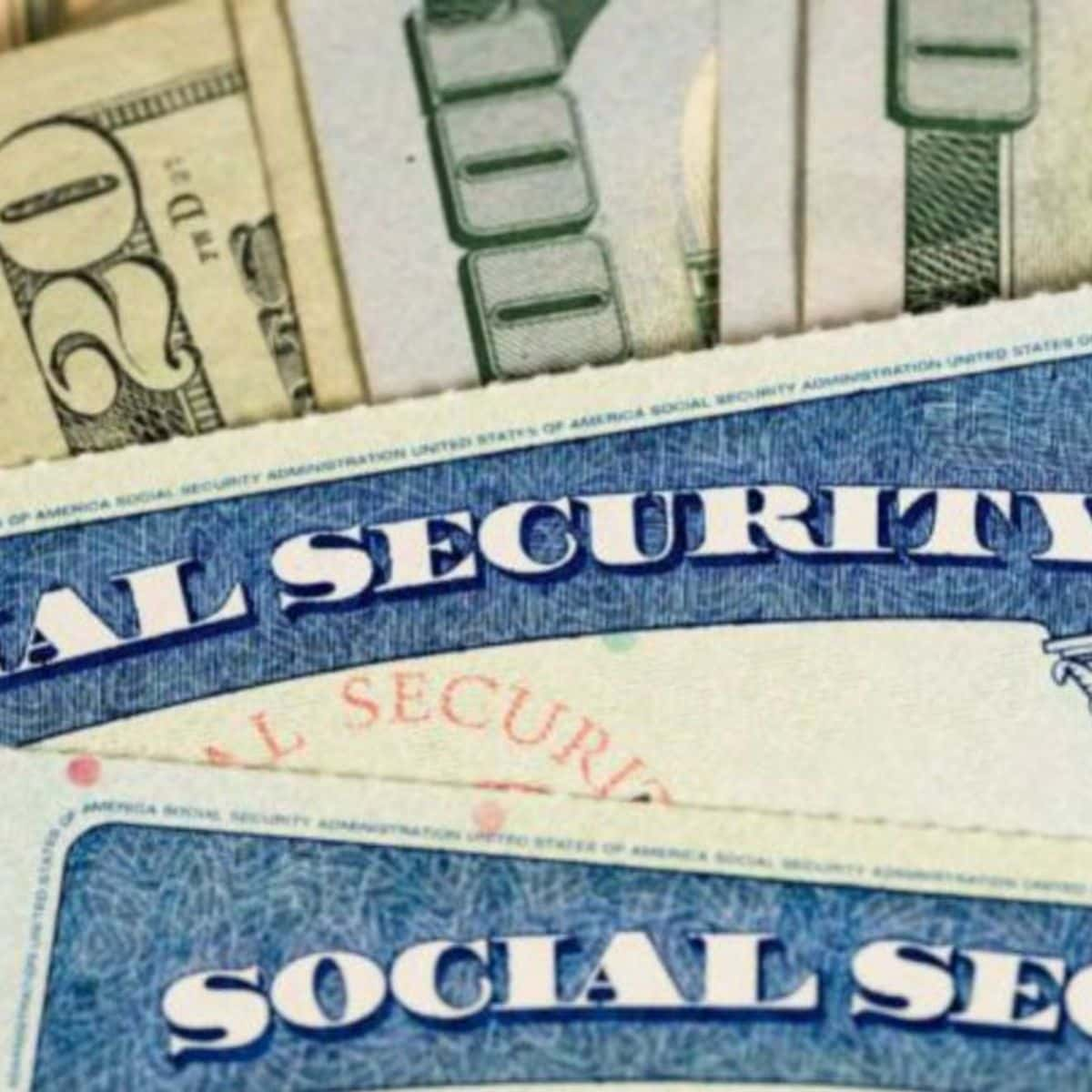According to the Social Security Administration’s schedule, millions of Supplemental Security Income eligible recipients will receive their August payment, valued up to $914 for individual filers, in less than a week.

The payment will be made in three days, on August 1, 2023, and will be the first payment made to recipients since June because July 1st fell on a weekend. Instead, recipients of Supplemental Security Income received their July payment toward the end of June.
This year, the beneficiaries will receive two checks in four months: March, June, September, and December. This is due to the fact that the first of the month falls on a weekend in April, July, and October. The first of January is always a holiday. This revised timetable ensures that beneficiaries continue to receive 12 checks per year.
The next time two payments fall in the same month is in September, when recipients of Supplemental Security Income will receive payments for both September and October. Because September 30 is a Saturday and October 1 is a Sunday, the payment for October will be received two days early, on Friday, September 29.
Qualifying for SSI Payments
Individuals must meet certain criteria in order to be eligible for Supplemental Security Income. Being over the age of 65, satisfying financial requirements, being partially blind, or having physical or mental disorders that considerably limit daily activities for at least 12 months or are predicted to result in death are all examples. SSI payments are distinct from the usual Social Security income that retirees receive.
Variation in Benefit Amounts
The amount of money that beneficiaries of Supplemental Security Income will receive is determined by how they apply for the payment. Individual filers are eligible for a maximum monthly payment of $914. According to the SSA, eligible couples receive up to $1,371 per month, and essential persons, who live with people receiving SSI benefits and provide them with necessary care, receive up to $458 per month. Not every recipient receives the whole amount.
The administration began issuing Supplemental Security Income payments in January 1974, and payment rates have grown for cost-of-living increases since 1975, according to the agency. Based on June’s figures, the COLA for 2024 is estimated to be around 3% higher.
History of Supplemental Security Income Payments and Cost-of-Living Adjustments
The Social Security Administration first made Supplemental Security Income available in January 1974. Since 1975, payment rates have been raised on a regular basis to accommodate for cost-of-living adjustments (COLA). Based on June data, the COLA for 2024 is expected to be around 3% higher. This change tries to reconcile benefit amounts with rising living costs.
The next Supplemental Security Income payment is a crucial resource for beneficiaries, providing critical financial help to persons who meet the basic conditions.




